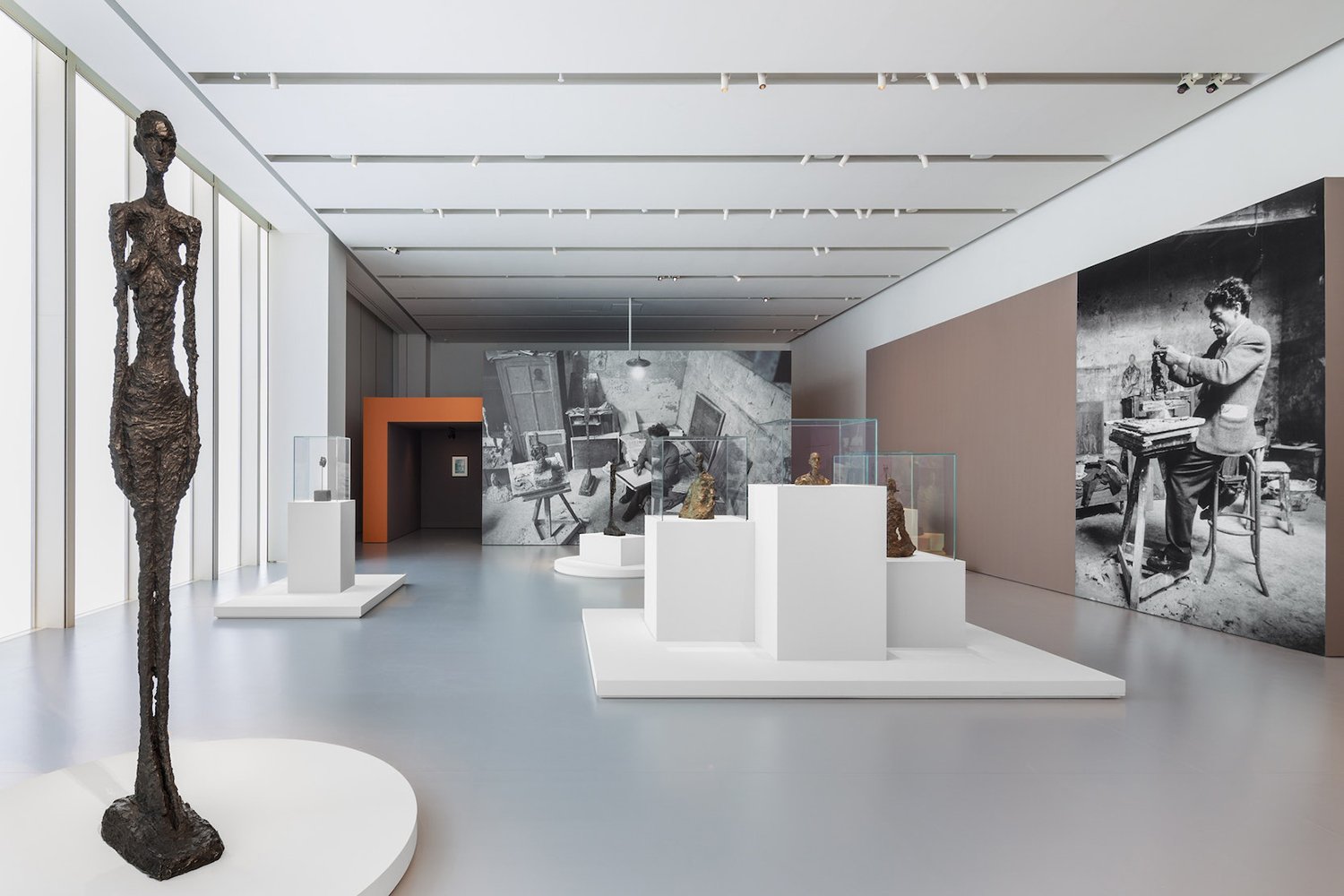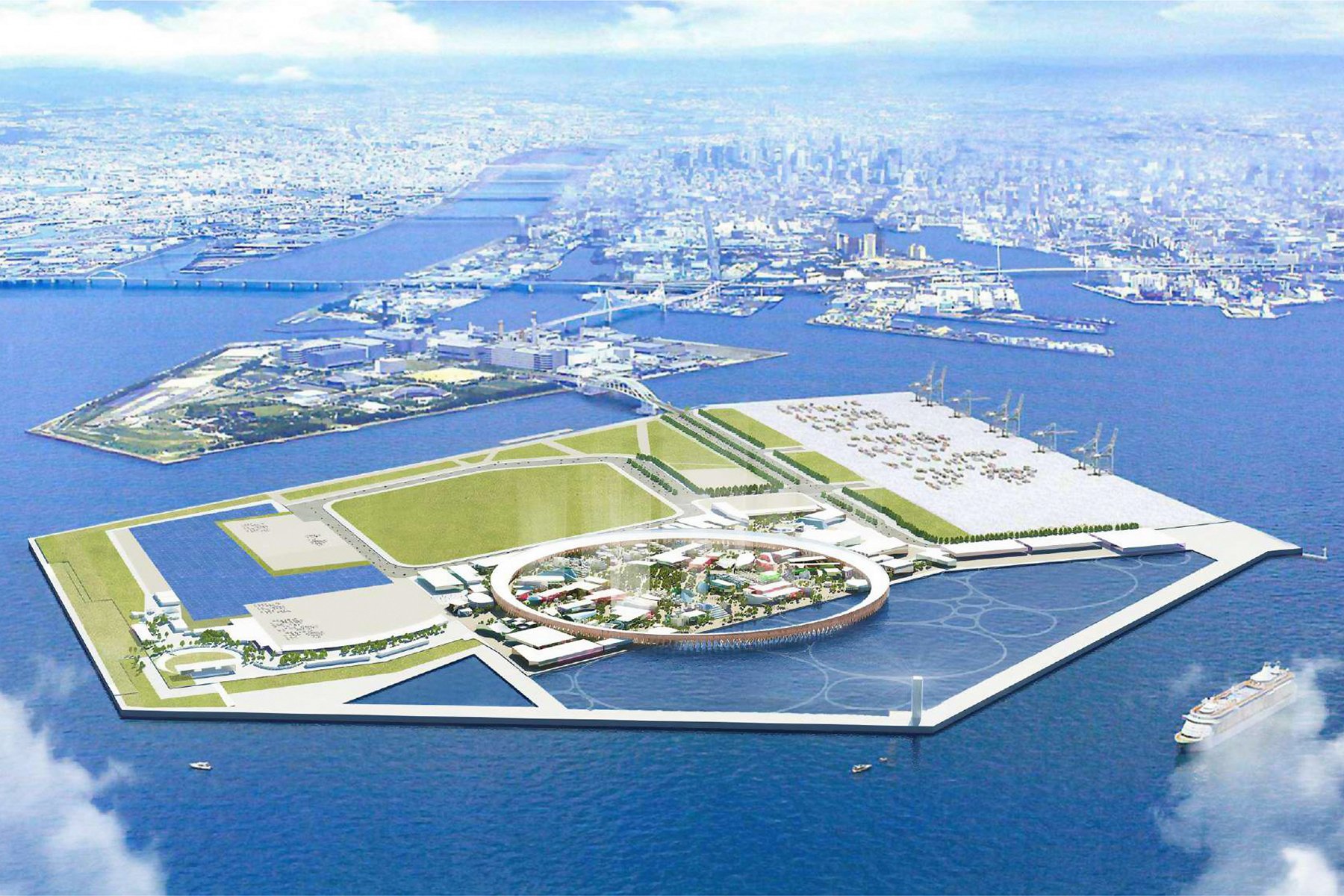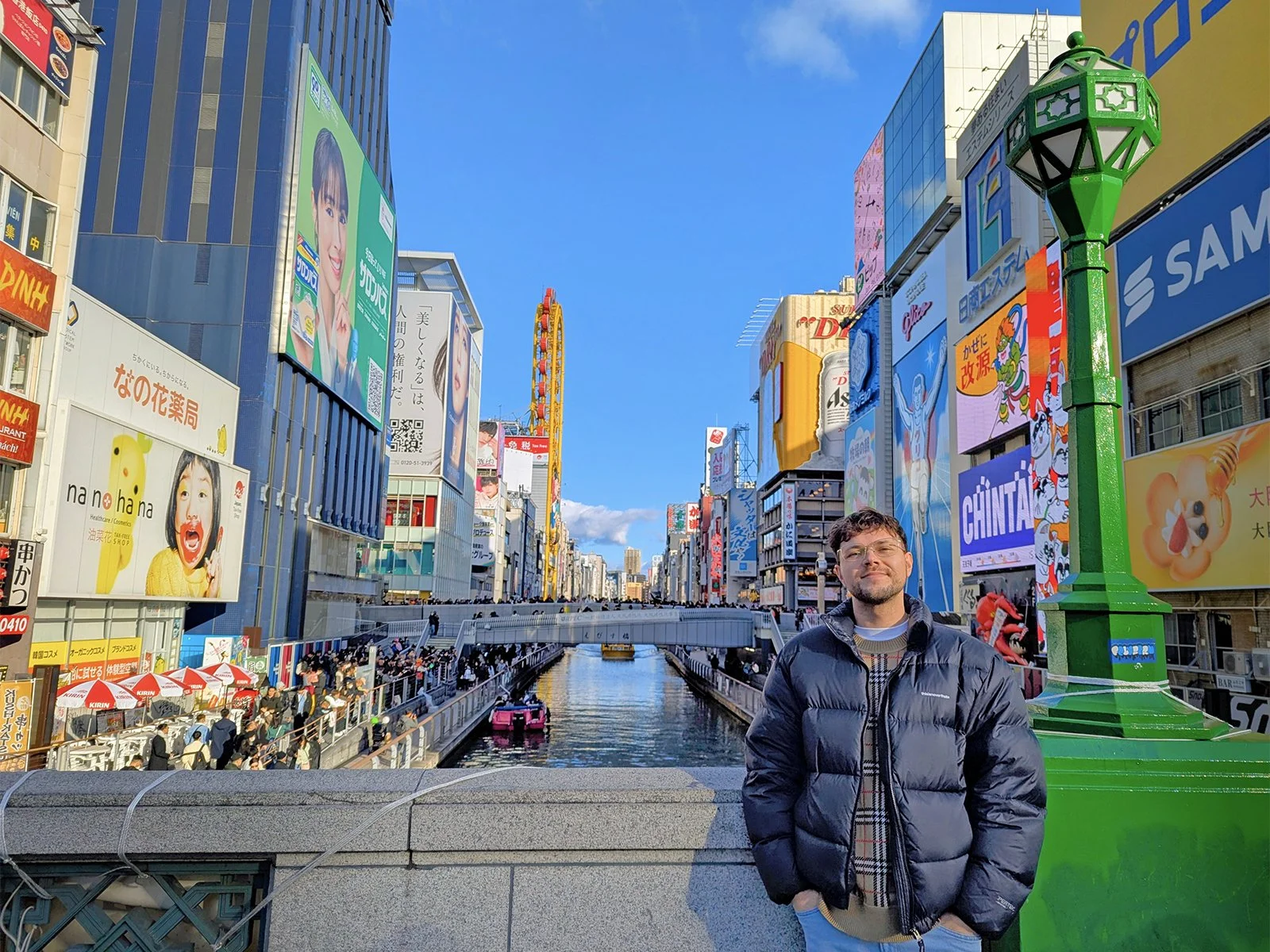Visiting Expo 2025 in Osaka

My honest review of the Expo, with criticism and tips.
Cover photo: Posing at Expo 2025, Yumeshima, Osaka, Japan (2025).
Intro
OSAKA — Japan’s western hub is hosting Expo 2025, a global showcase of human progress. Under the theme of “designing future society for our lives,” over 150 countries are represented at the artificial island of Yumeshima (“Dream Island”) to share their culture and technology with visitors from around the world.
History
Also known as the International Exposition or World’s Fair, the Expo is considered the oldest international event held today, dating back to 1851. Major landmarks such as the Eiffel Tower in Paris, Atomium in Brussels, and Space Needle in Seattle were constructed for past exhibitions.
This is Osaka’s second time hosting the fair; it was Asia’s first city to hold the event back in 1970. Attracting over 64 million visitors, Expo 70 was the best-attended Expo of the 20th century and it’s now fondly remembered as the peak of Japan’s Bubble Economy.
“It offered opportunities for many of today’s best-known Japanese artists, architects, fashion designers and other professionals, early in their careers to establish their reputations,” says Kyoto University professor and cultural historian Mayuko Sano (佐野真由子).
Criticism
Questions have been raised about the relevance and impact of the World Expo in the 21st century. When we have the world at our fingertips, what is the value of such a gathering? Organizers have set a goal of 28 million visitors — under half of the 64 million record in 1970 — but numbers are still falling short of the necessary 150,000 visitors per day. Enthusiasm appears low.
Since its announcement in 2018, Expo 2025 has been plagued by challenges and criticisms, including the bizarre Myaku-Myaku mascot, ballooning construction costs attributed to COVID-19, the island’s controversial future as Japan’s first-ever casino resort, a confusing ticketing and reservation system, data privacy concerns, swarms of chironomid flies, and methane leaks.
Experience
I remember first visiting Osaka’s Expo 70 Commemorative Park in 2017. It was a nostalgic feeling of wanderlust and peace. With Taro Okamoto’s Tower of the Sun watching over me, merely walking through the remnants of Expo 70 stirred something deep in my heart. When I moved to Japan in 2021, I was excited for a chance to finally experience a World Expo for myself, and right here in Osaka!
Four years passed quickly but my excitement only dwindled. I found the mascot hideous, the website frustrating, and the prices expensive. On Facebook I read more and more reviews from disappointed tourists. I even considered not visiting at all! When I finally decided to go, I thought, “let’s get this over with.”
To avoid the website entirely, I bought my ticket through Nippon Travel Agency and I made no advance pavilion reservations. I was unsure if I would be able to see anything at all, so I came with low expectations.
I found myself pleasantly surprised, able to visit fifteen individual national pavilions throughout the day, totaling thirteen hours. While lines appeared long, most waits were under forty minutes. Furthermore, the architecture was beautiful, the atmosphere exciting, and there were also many events to enjoy!
The morning trains were packed, which equally filled me with excitement and dread. I was happy to see many visitors but nervous about wait times. I arrived to the East Gate around opening at 9:00 AM. The lines were sprawling but they moved quickly. With some maneuvering, I entered the park in thirty minutes.
My first destination was the France Pavilion, which I had heard to be among the most popular. Sponsored by luxury conglomerate LVMH, the building features displays from Louis Vuitton and Dior, as well as sculptures by the beloved artist Auguste Rodin. My favorite room compares art and artifacts from both France and Japan, such as tidal island Mont Saint-Michel and the floating gate of Itsukushima Shrine. It’s brilliant.
Later, I visited the China Pavilion, which includes stunning artefacts and a lunar sample collected from the far side of the moon. Once I’d finished, it was time for lunch. There were few options available, but I stumbled upon the Poland Pavilion — my motherland — boasting a restaurant with a short line.
I purchased an expensive lunch set for a whopping 4,900 yen (approx. 35 USD). The pierogi were quite small and empty but the bigos (hunter’s stew) was absolutely delicious. I heard most of the ingredients are flown in!
Poland proved quite popular too! It was my longest wait of the day, reaching over 50 minutes. The exhibition focuses on nature and music. Visitors can listen to the sounds of famed composer Frédéric Chopin and create a virtual “spirit plant.” I was saddened to see artificial intelligence (AI) generating “the Most Polish Landscape” as an idealized representation of the country, though staff assured me it was rendering from a database of real photography.
I also caught a performance by Karina Skrzeszewska and Patryk Pawlak from the Lublin Opera. Their voices are so powerful, yet soothing. I was pleased to see many Japanese visitors impressed despite the language barrier.
Afterwards I visited Oman, disappointed to find nothing more than a few slick videos. I didn’t want to spend precious time waiting only to stare at screens.
I took an escalator up the Grand Ring, a construction that encircles the Expo site. Architect Sou Fujimoto (藤本 壮介) calls it a symbol of ‘unity.’ The scale is undeniably ambitious. With an outer diameter of 675 meters (0.4 miles), it was certified by Guinness World Records as the world's largest wooden structure.
Later I visited Cambodia, Senegal, Peru, Turkey, and Spain. It was a whirlwind of sculptures, costumes, and — of course — videos. At the Commons areas, I was disillusioned to see many pavilions devote much of their space and attention to gift shops and appeals to business investors. I was happy to see a painting by Mai Trung Thứ, considered one of Vietnam’s greatest artists!
Another surprise highlight was Bahrain, a small island-nation in the Persian Gulf. Inspired by dhow sailing boats, the pavilion’s appearance is quite fantastic and the exhibition inside is also memorable, allowing visitors to touch cultural objects and enjoy local smells including oil, dates, and pearls. It was exactly the kind of interactive experience I hoped for.
Lastly, I went to the USA Pavilion. I heard that the wait for Japanese visitors had reached over three hours, but luckily the queue for English tours was much shorter. Inside was mostly videos too. I was greeted by glowing reports of international cooperation between the US and Asian countries, including the English teaching JET Program — which brought me into Japan. I wondered how many initiatives would survive the Trump/Musk Administration.
The exhibition also spotlights space exploration, a rare, undisputed American success story. As I watched a rocket launch countdown, I succumbed to a momentary feeling of patriotism.
It was time for the day’s finale, “Under the Midnight Rainbow,” a multimedia show utilizing lights, spraying water, and music. It was difficult to follow the story in Japanese but I found the show nonetheless enjoyable.
This was followed by the “One World, One Planet” drone show. As it was my first time watching a drone show, I was totally astounded. Unlike fireworks, each drone is carefully controlled, with their position and color programmed like pixels on a screen. It allows for great precision and flexibility. I watched in awe as the drones composed images of a human, butterfly, and tree. It’s sad to imagine an end to fireworks as they become less commonplace in Japan.
Ultimately, I left the park satisfied. I realized my favorite memories were moments of serendipity. While running from pavilion to pavilion, I caught a fencing competition outside Italy, dances at Thailand and Malaysia, and, of course, the wonderful opera performance at Poland. Often the best moments in life are those we don’t plan. Overall, it was a worthwhile experience and I wholeheartedly recommend a visit to anyone interested.
Conclusion
While I enjoyed the cultural aspects of Expo 2025, upon further reflection, I’d argue the event failed its mission of “designing future society for our lives.” I saw only a fraction of the total pavilions, but few made any serious attempt to tackle the topic. It’s disappointing.
After all, the recent COVID-19 pandemic had presented a once-in-a-century opportunity to reimagine human life. In real time, we collectively watched much of the world stand still, affecting everything from our natural environment, to our jobs and our health. No resulting lessons are found here, from radical ideas like “degrowth” to simple practices like remote work. There’s no technology or policy displayed at the Expo that made me feel genuinely excited about the future.
I should note that the runner-up to host this World Expo was Russia — a nation largely isolated due to the ongoing invasion of neighbor Ukraine since 2022. An unnamed Japanese official reminds, “If Russia had been selected, the Expo might not have been held [at all]” — the country cancelled its Osaka pavilion in 2023. I take solace in the fact that, mere years after a deadly global pandemic, and amidst so much bloodshed around the world, we are still able to gather together in celebration of humanity.
Tips for Visiting
The entire park is cashless, so prepare a credit card or top up a transportation card such as ICOCA.
Avoid weekends if possible, especially Saturdays, as these are the busiest days with the longest wait times. Tuesdays and Wednesdays seem best.
Prioritize no more than five national pavilions — and be prepared to pivot. There’s so much to enjoy outside the pavilions.
Prepare an umbrella and sunscreen. There’s little shelter at the park, which means a lot of time in the sun or rain. Don’t forget a water bottle.
Bring a bento (lunchbox) or eat early. Cheaper dining options fill up fast.
Have a jacket. The island site can be windy, especially by evening.
Of course, comfortable shoes are a must for walking and standing.























































